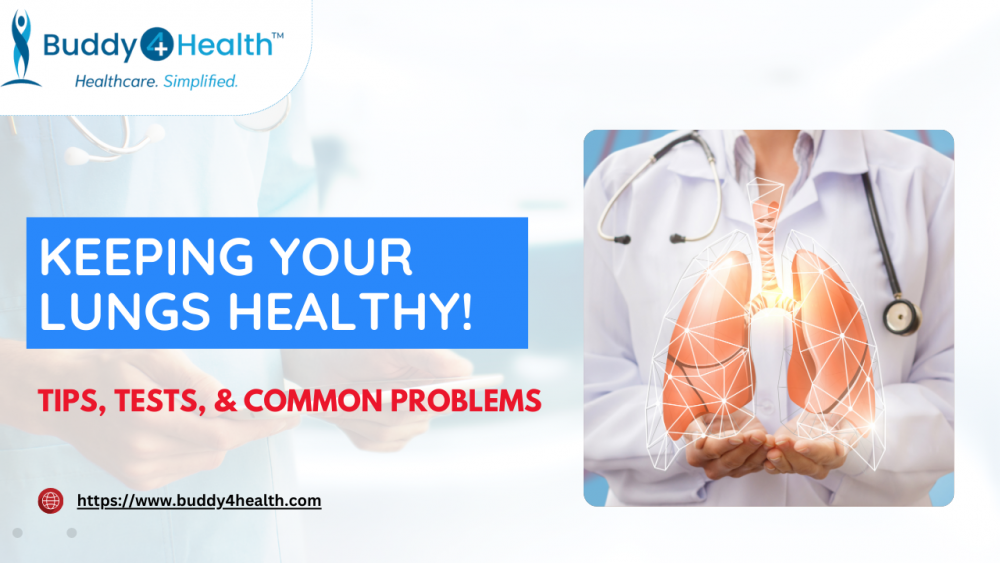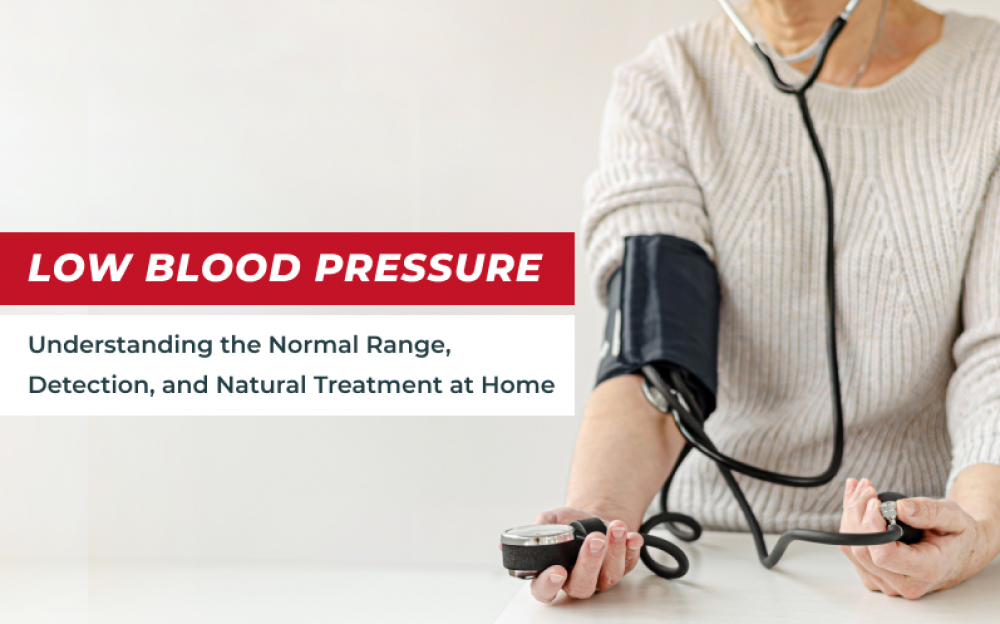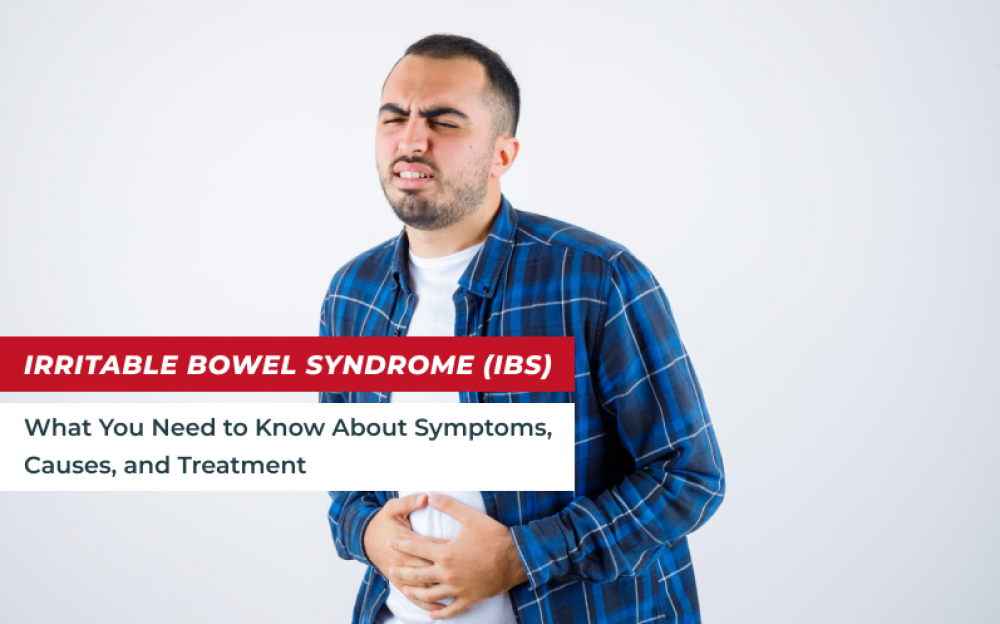

Our lungs are the silent workhorses of our body, tirelessly filtering air and delivering life-giving oxygen to every cell. Yet, we often take them for granted until something goes wrong. With World Tuberculosis Day as a reminder, let's delve into how we can improve lung health, identify potential problems, and keep these vital organs functioning optimally.
- Quit Smoking (and Secondhand Smoke): Smoking is the leading cause of preventable lung disease. It damages the delicate air sacs in the lungs, making breathing difficult and increasing the risk of lung cancer, chronic obstructive pulmonary disease (COPD), and other illnesses. If you smoke, quitting is the single best thing you can do for your lungs. Avoiding secondhand smoke is equally important.
- Embrace Exercise: Regular physical activity strengthens your lungs, heart, and overall fitness. Aim for at least 150 minutes of moderate-intensity exercise per week, or 75 minutes of vigorous activity. Activities like brisk walking, swimming, cycling, or dancing are all excellent choices.
- Fuel Your Body Right: A balanced diet rich in fruits, vegetables, and whole grains provides your lungs with the nutrients they need to function properly. Antioxidants found in fruits and vegetables help fight inflammation and protect lung cells. Omega-3 fatty acids, found in fatty fish, may also benefit lung health.
- Manage Air Quality: Air pollution, both indoors and outdoors, can irritate and damage your lungs. Minimize exposure to pollutants by staying indoors on high smog days, using air purifiers at home, and avoiding harsh cleaning chemicals.
- Practice Deep Breathing: Deep breathing exercises can help improve lung function and reduce stress. Techniques like pursed-lip breathing and diaphragmatic breathing can increase lung capacity and oxygen intake.
Early detection is crucial in managing lung disease. Here are some common tests and scans used to assess lung health:
- Spirometry: This non-invasive test measures how much air your lungs can hold and how quickly you can exhale it. It is used to diagnose COPD and asthma.
- Chest X-Ray: This imaging test provides a basic picture of your lungs and chest cavity. It can reveal abnormalities like pneumonia, tumors, or fluid buildup.
- CT Scan: A CT scan uses X-rays to create detailed cross-sectional images of your lungs. It can be used to diagnose lung cancer, infections, and other lung diseases.
- Lung Function Tests (PFTs): This series of tests, including spirometry, measures lung volume, capacity, and airflow.
For a free consultation on preventive health check-up you can call or WhatsApp us at +91 8441 844120
- Chronic Obstructive Pulmonary Disease (COPD): COPD is a progressive lung disease that makes it difficult to breathe. It is caused by long-term exposure to irritants, such as cigarette smoke or air pollution. Symptoms include shortness of breath, coughing, wheezing, and chest tightness.
- Asthma: Asthma is a chronic inflammatory condition that causes airway narrowing and breathing difficulties. Symptoms include wheezing, coughing, chest tightness, and shortness of breath, often triggered by allergens, irritants, or exercise.
- Pneumonia: This is an infection of the lung tissue, usually caused by bacteria or viruses. Symptoms include fever, cough with mucus, shortness of breath, and chest pain.
- Lung Cancer: Uncontrolled cell growth in the lungs leads to lung cancer. Smoking is the leading cause of lung cancer, but other factors like exposure to radon gas or a family history of the disease can also increase the risk. Symptoms include persistent cough, coughing up blood, shortness of breath, weight loss, and chest pain.
- Pulmonary Fibrosis: This is a scarring of the lung tissue that makes it difficult to breathe. The cause is often unknown, but it can be associated with autoimmune diseases, environmental exposures, or certain medications. Symptoms include shortness of breath, persistent cough, and fatigue.
By incorporating the tips above into your daily routine, you can significantly improve your lung health. Here are some additional steps you can take:
- Get Vaccinated: Vaccinations against influenza and pneumonia can help protect your lungs from infections.
- Talk to Your Doctor: Schedule regular checkups with your doctor, especially if you have any concerns about your lung health.
- Manage Existing Conditions: If you have a chronic lung condition like asthma or COPD, work closely with your doctor to manage your symptoms and prevent flare-ups.
- Support Lung Health Organizations: Consider supporting organizations dedicated to lung health research and advocacy.
Our lungs are the foundation of a healthy life. By prioritizing lung health through positive lifestyle choices, regular screenings, and early intervention, we can breathe easier and live a longer, healthier life.
Disclaimer: This article is written by Buddy4Health's Content & Research Team. Every effort has been taken to ensure accuracy of the information contained herein. However, you are advised to seek expert medical guidance before acting upon things mentioned in this blog. If you have any queries or need assistance in booking an health check-up, you can contact us at +91 8441 8441 20.

Low Blood Pressure: Understanding the Normal Range, Detection, and Natural Treatment at Home

Irritable Bowel Syndrome (IBS): What You Need to Know About Symptoms, Causes, and Treatment